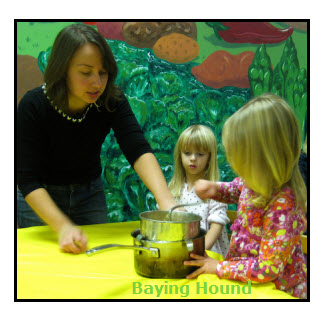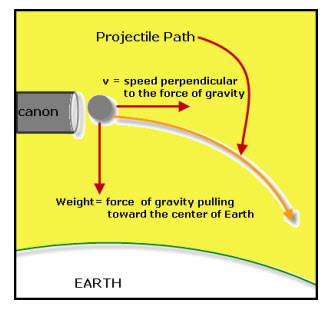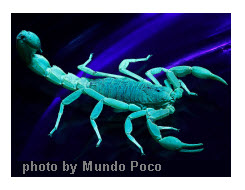The American scientists and statesman Benjamin Franklin (1706-1783) named the two natural forms of electric charges. He called one a positive charge and the other a negative charge. A charge (electric charge) is the property of subatomic particles within atoms that causes a force between the particles. The force between charged particles is called an […]
Archives for 2010
Science Fair Project Question
Science Fair Project Question Observation: Sliced apples turn brown. Getting Started: If citric acid in lemons prevents sliced apples from browning, would other types of acid do the same thing? Purpose: To determine if different types of acid prevent sliced apples from turning brown. Two things are changing: 1. Type of acid used—You control this […]
Science Fair Project Tips
Before you start your project, acknowledge that you are preparing an entry to a contest. Contests, whether they are associated with sports or academics have rules. Football players must follow the rules to score. Science fair contestants must also follow the rules if they intend to receive a high score. The basic rule for the […]
Science at Home
Home study provides endless ways for you and your children to play and find out about science. You have a fantastic science laboratory in your kitchen with a bounty of chemicals and laboratory tools. I am not minimizing the importance of learning to use science equipment. My thought is that by mastering measuring skills using […]
Collection of 202 Science Investigations
This collection of science experiments gives you a taste of all the different science disciplines: Astronomy, Chemistry, Biology, Earth Science and Physics. Why does milk curdle?How can you clean up an oil slick?Why do bubbles escape from soda?What’s the best environment for worms? Explore the strange and sometimes slimy answers to these and other questions […]
Projectile Path
Question: A satellite is a projectile that is constantly falling towards the Earth. Why doesn’t it fall into the Earth?Answer: First of all, I need to show you the shape of a projectile’s path. Example: In the diagram, the cannon ball is shot horizontal with Earth’s surface. The force of gravity acting on the ball […]
Element: Argon
Atomic number 18 Atomic mass 39.948 g.mol -1 Electronegativity according to Pauling unknown Density 1.78.10 -3 g.cm -3 at 0 °C Melting point -189 °C Boiling point -185.7 °C Vanderwaals radius 0.192 nm Ionic radius unknown Isotopes 6 Electronis shell [Ne] 3s23p6 Energy of first ionisation 1520 kJ.mol -1 Energy of second ionisation 2665.8 kJ.mol […]
Appetite
Question: Why do I get hungry? Answer: Being hungry means you have an appetite. Appetite is the desire to eat food and is felt as hunger. A part of your brain called the hypothalamus sends messages that you are hungry or thirsty. Food and water are necessary for life. Food and water are the nutrients […]
Science Project Ideas from Kids
Kid’s Answer: You get pink underwear! Yes! The answer came from one of the kids I worked with when writing this book. While changing the color of underwear is not one of the science projects in this book, there is a project about color mixing. There’s plenty for you to choose from in this collection […]
Phosphors
Question: Why do scorpions glow under a black light? Answers: The scorpion has phosphors in its exoskeleton. A phosphor is a term used to describe any substance that can absorbs UV radiation and release visible light. Both UV radiation (light) and visible light are forms of electromagnetic radiation-EMR. The UV light has much higher energy […]
- « Previous Page
- 1
- …
- 40
- 41
- 42
- 43
- 44
- …
- 54
- Next Page »




